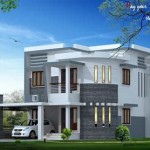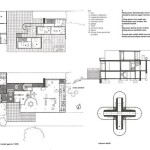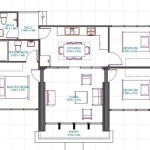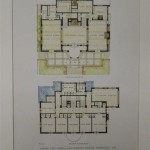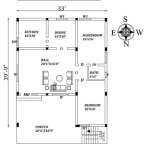Essential Aspects of Case Study Home Plans
Case study home plans offer a valuable resource for individuals seeking inspiration and guidance in their home design journey. These plans provide detailed insights into the architectural, functional, and aesthetic aspects of real-world homes, showcasing innovative solutions and practical applications. Understanding the key elements of case study home plans is crucial for leveraging their full potential in shaping your dream home.
1. Architectural Style:
Case study home plans represent a diverse range of architectural styles, from traditional to contemporary. They provide a glimpse into the latest trends and historical influences that shape modern home design. By examining the architectural features of each plan, you can identify styles that resonate with your aesthetic preferences and suit your lifestyle.
2. Floor Plan Functionality:
Case study home plans highlight the importance of well-designed floor plans that optimize space and flow. They showcase efficient layouts that cater to different family needs and lifestyles. By studying the placement of rooms, circulation patterns, and natural light flow, you can gain valuable insights into creating a functional and comfortable living environment.
3. Material Selection:
Material selection plays a significant role in the overall character and durability of a home. Case study home plans provide detailed specifications of the materials used, including exterior finishes, roofing, windows, and interior finishes. This information helps you make informed decisions about materials that align with your aesthetic preferences, budget, and desired level of maintenance.
4. Energy Efficiency:
In today's environmentally conscious era, energy efficiency has become a crucial consideration in home design. Case study home plans often incorporate innovative green building techniques and sustainable materials. By studying these plans, you can learn about passive solar design, insulation strategies, and efficient lighting systems that reduce energy consumption and promote a more eco-friendly lifestyle.
5. Smart Home Integration:
Modern home design embraces the integration of smart technology to enhance convenience and functionality. Case study home plans may include details on smart home systems such as automated lighting, temperature control, and security features. These plans provide insights into how technology can seamlessly blend with your living space, offering greater comfort and control.
6. Accessibility Features:
Accessibility considerations are essential for creating homes that cater to the needs of all individuals. Case study home plans often incorporate accessible features such as ramps, wider doorways, and roll-in showers. By examining these plans, you can ensure that your home design is inclusive and provides a comfortable living environment for all occupants.
7. Cost Implications:
While case study home plans provide inspiration and guidance, it's important to consider the cost implications of implementing their design features. These plans may offer unique solutions, but it's crucial to align them with your financial constraints. Carefully evaluate the materials, construction techniques, and energy efficiency measures to ensure they fit within your budget and long-term financial goals.

Case Study House 7 A Flexible Floor Plan With Extensive Outdoor Living Spaces Atomic Ranch

Case Study House 9 The Entea Atomic Ranch

The Case Study Houses Estudiar En Casa Arquitectura Residencial Casas

Case Study Houses חיפוש ב Google Architecture Mid Century Modern House Plans

Case Study House 8 Eames Part 2 Atomic Ranch

4 Case Study Home Four Bedroom Terraced House Floor Plans Scientific Diagram

Floor Plans Of The Case Study Modular Buildings Scientific Diagram

Case Study House No 8 Charles Eames Californie Usa 1945 1949 Casa De Estudiantes Arquitectura Doméstica

What We Re Reading Pocket Guide To La S Case Study Houses Journal The Modern House

Case Study House 8 The Eames Part 1 Atomic Ranch

